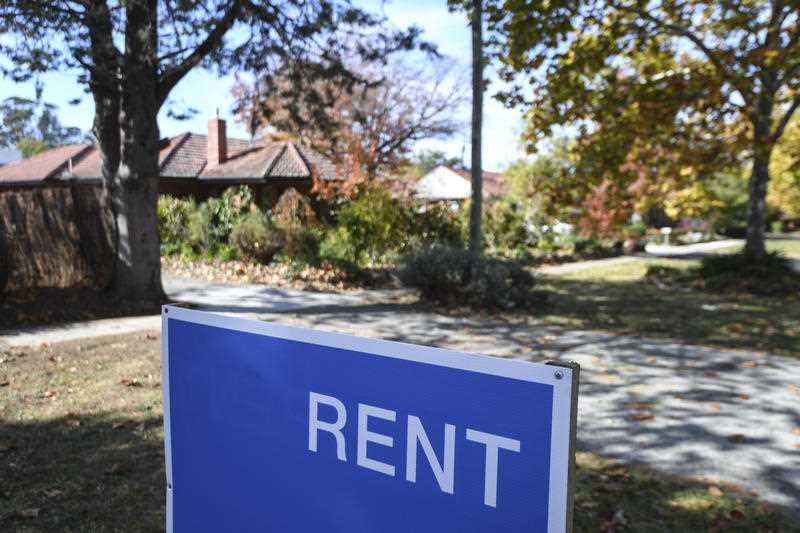Canberra’s rental prices fell in the September quarter, according to the PropTrack Market Insight Report released last week. While the nation saw an overall surge in rental prices, Canberra was one of the few places where rental prices dipped.
The report found that median advertised rental prices for dwellings in Canberra fell by 3.2 per cent over the September quarter to $600 per week, and remained unchanged from September 2022.
However, Canberra’s median rent for dwellings is higher than the median rent in other capital cities or the national average (both $550).
Nationally, advertised rental prices across Australia increased by 3.8 per cent over the September 2023 quarter, slightly lower than the 3.9 per cent surge observed in the previous quarter. Over the year to September 2023, median advertised rental prices grew by 14.6 per cent, higher than annual growth rates of 14 per cent in the previous quarter and 10.3 per cent in September 2022.
Houses in Canberra were one of only two markets to record falls in rental prices over the past year, with a yearly decrease of -2.9 per cent. Both capital cities (10.6 per cent) and the national average (10 per cent) saw significant growth in house rents.
Nevertheless, the median rent for houses in the ACT ($680) is higher than in capital cities ($575) or the national average ($550). Over the past quarter, the ACT saw a decline in house rents (-1.8 per cent), while capital cities experienced a slight increase in house rents (0.9 per cent), and the national average remained stable.
ACT unit rents dropped by 1.8 per cent over the quarter to a median rent of $550, but remained unchanged year-over-year.
Over the quarter, unit rents increased by 4.8 per cent in other capital cities and 4 per cent nationally; over the year, they grew by 19.6 per cent in other capital cities and 15.6 per cent nationally. Nationally, unit rents are growing at a faster pace compared to houses.
Growth in the capitals is outpacing growth in the regions, PropTrack states. Over the past year, capital city rents rose 12.2 per cent while regional rents were just 6.7 per cent higher.
Regional Western Australia, Melbourne, and Sydney saw the biggest rental increases over the past quarter, while Canberra, Hobart, and regional Tasmania saw the largest falls.
“House rents have been unchanged for six months, while unit rents have continued to rise,” the report stated. “We expect the difference in price between houses and units to narrow over the coming months.
“The ongoing rapid rate of population growth, coupled with a persistent reduction in the supply of properties available for rent, have maintained the pressure on the cost of renting, particularly in major capital cities.
“Rental growth is likely to continue in the major capital cities. The flatlining of regional rents over the past six months may point to softer rents for the regions in the coming months.”
Get local, national and world news, plus sport, entertainment, lifestyle, competitions and more delivered straight to your inbox with the Canberra Daily newsletter. Sign up here.



